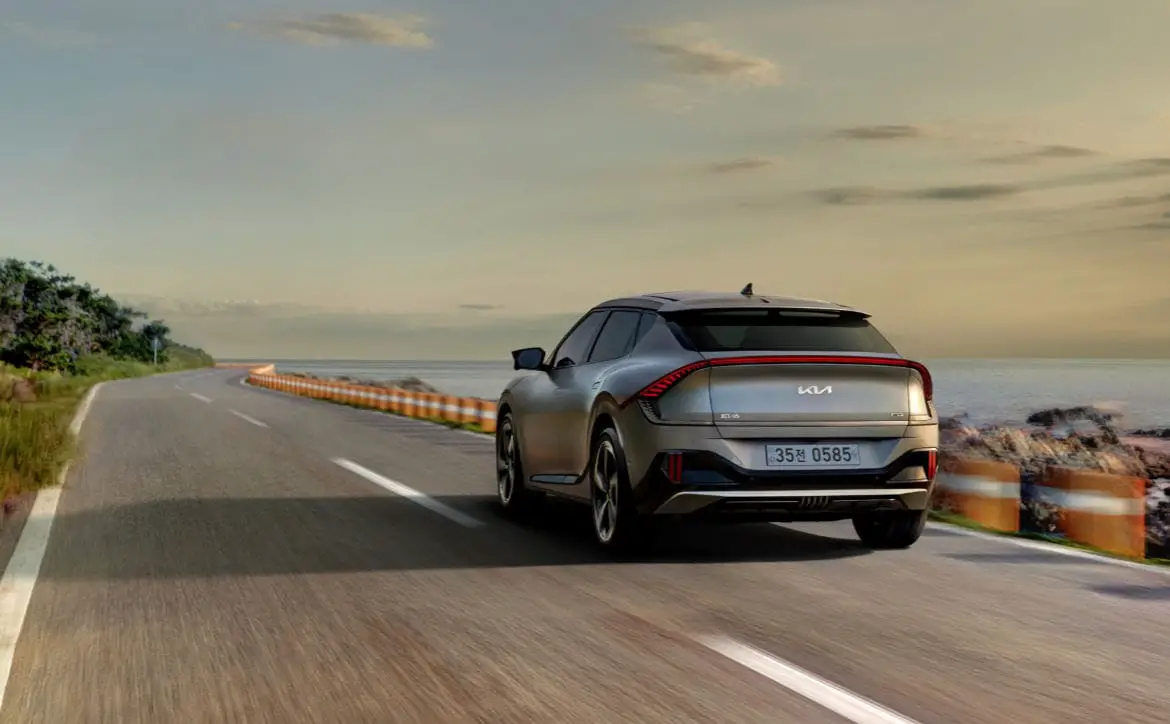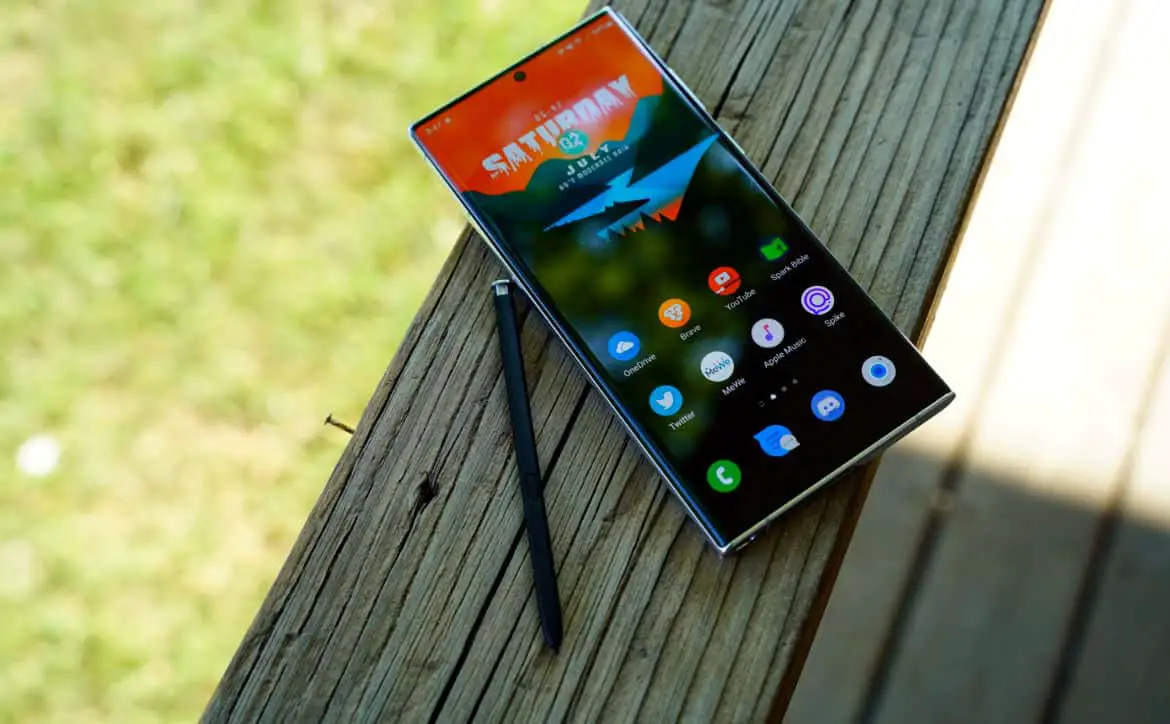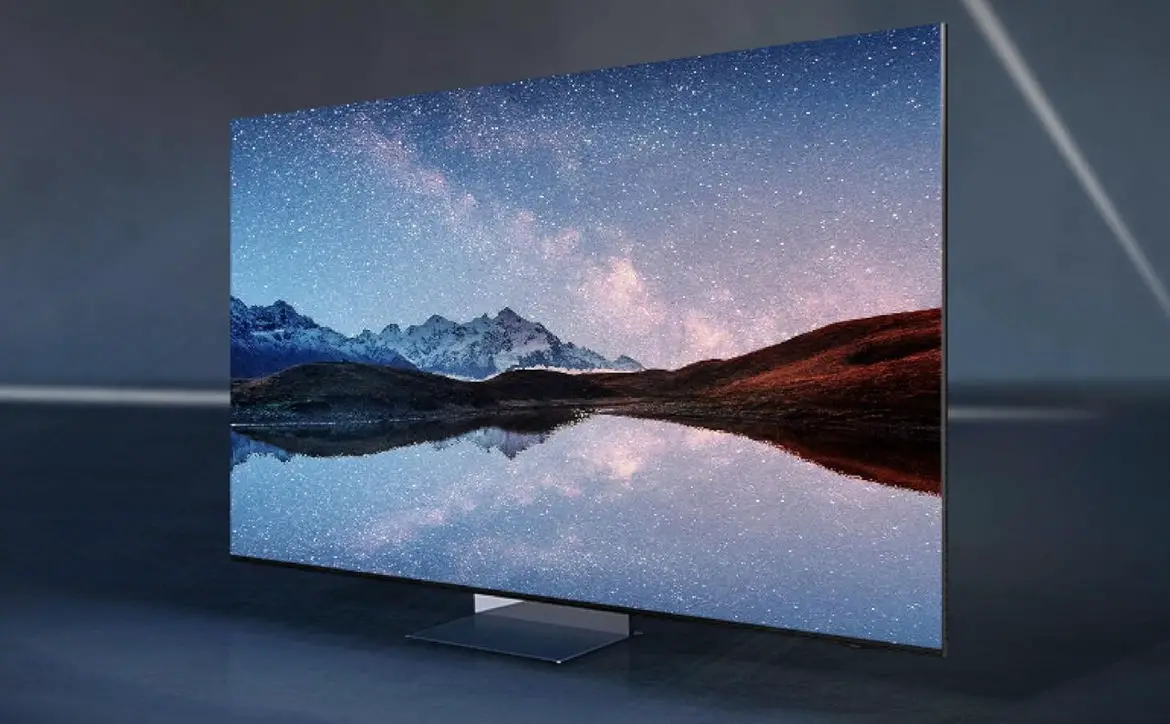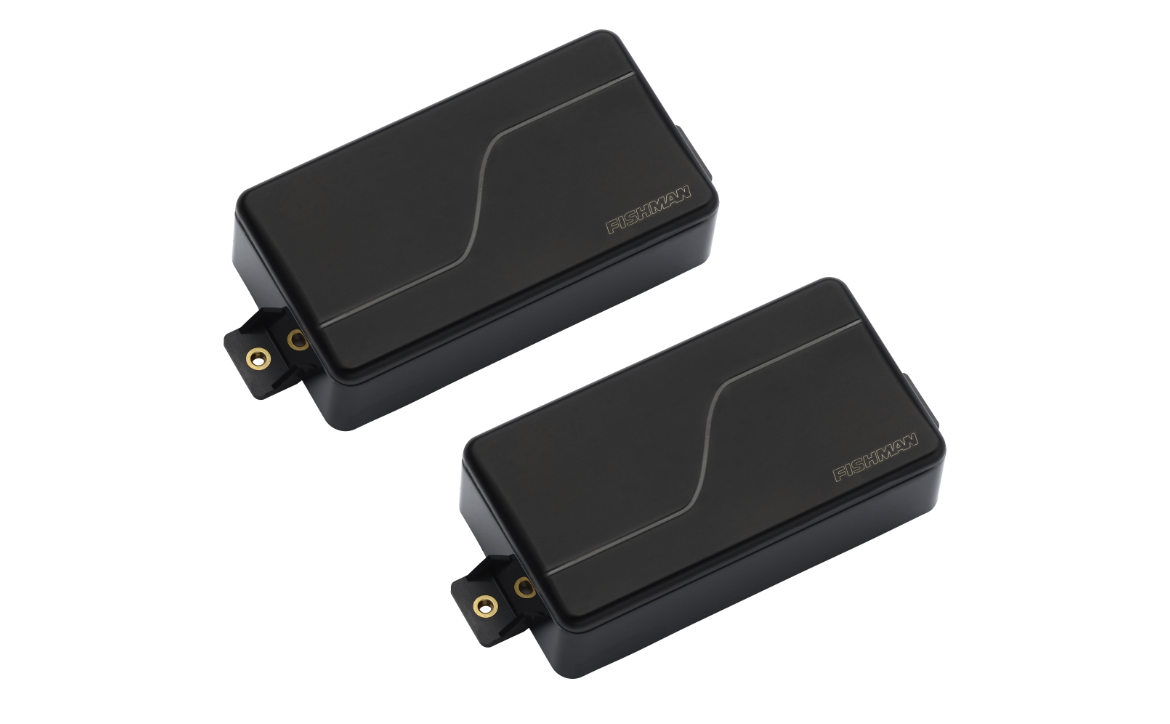You pat yourself on the back for choosing an EV, convinced that you’re ahead of the game in greening your carbon footprint. If you love your Tesla’s responsive performance, you might wonder why more people haven’t hopped on the trend.
Estimated reading time: 5 minutes
While these cars are expensive, so are standard models — price alone isn’t it. Manufacturers and society also need to address several issues delaying widespread EV adoption.
You should understand the facts. Here are three complications with widespread EV adoption and how we can address them.
1. Keeping Them “Fueled”
What makes EVs green is their lack of reliance on fossil fuels. However, they require energy to run, and batteries don’t charge themselves. Several issues with their current design raise eyebrows.
Lack of Facilities
One issue is the need for more charging facilities for EVs. While some regions present few problems, other areas still lack sufficient locations. The pain is particularly acute in the West, where hundreds of miles separate towns. What can you do if you run out of juice far from the nearest “fueling” station?
Long Charging Times
Most EVs charge at a rate of 15 to 25 miles per hour. Many folks charge their EVs at home while they sleep, but what about road trips?
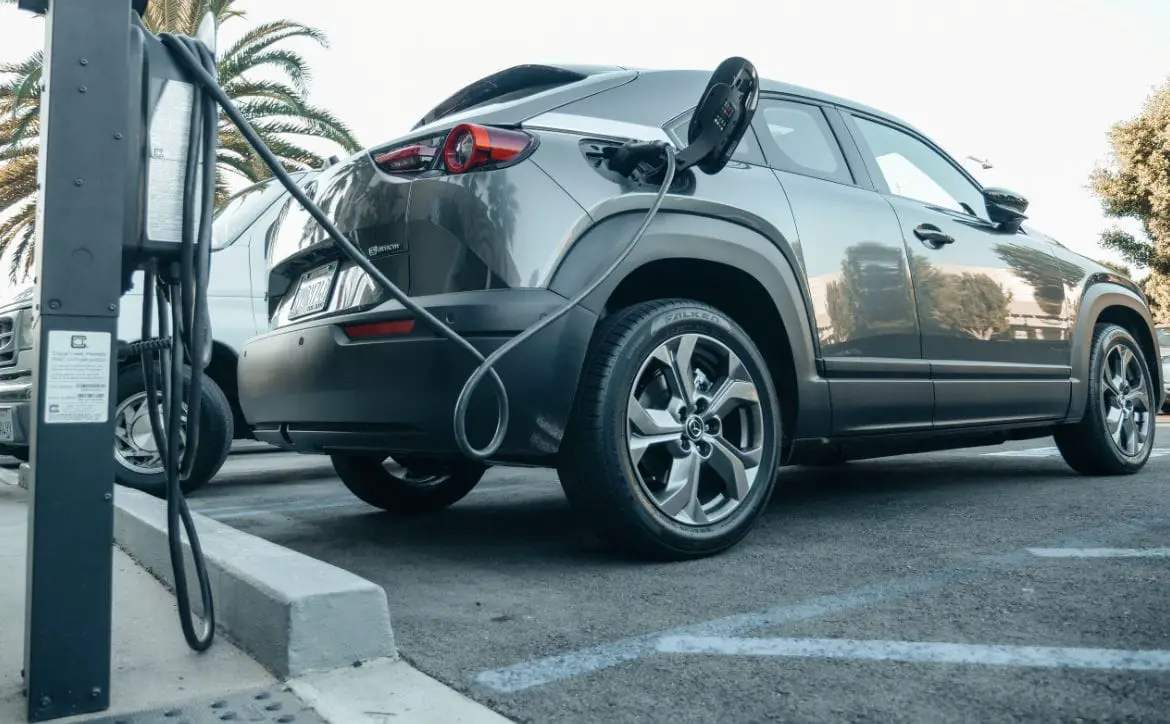
Where Does the Juice Come From?
Are EVs truly green if you use fossil fuels to charge their batteries? Only about 20% of the United States’ current energy supply comes from renewable sources, meaning many people still use the equivalent of gasoline to juice up.
Weather Woes
You want power the most when the temperatures drop. However, EVs lose up to 35% of their efficiency during cold weather, especially if you run the heater.
Solving the Juice Problem
Solar panel-covered parking lots address many issues. For example, the Carl T. Hayden Veterans Administration in Phoenix features such an amenity. Expanding these facilities requires no additional land space and offers the following benefits:
- Covered parking to extend vehicle life and permit those charging EVs to work on their computers without glare.
- Green energy for adjacent buildings.
- Using the urban heat island effect for a good cause while providing cool, covered walkways for pedestrians among rising temperatures.
2. Lowering the Production Cost
Another complication preventing widespread EV adoption is the environmental cost of the batteries, which raises several concerns.
Mining Lithium and Cobalt
EV batteries require lithium and cobalt. Mining these materials pollutes the air and waterways with heavy metals and chemicals. Lithium affects living organisms, as those familiar with this element’s psychiatric use know, and can impact plant life. The ripple effect on humans remains unknown.
Concerns About Useful Life
You don’t green your footprint simply by driving an EV off the lot. You must travel well over 10,000 miles before you exceed the damage done by traditional models. However, few people know how long these batteries will last. How great are the environmental savings if the battery stops taking a full charge soon after the break-even point?
Lack of Recycling Facilities
Recycling lithium batteries would eventually reduce mining needs and create a circular supply chain. The problem is few facilities for processing these batteries currently exist, and the design of many EV batteries makes them tricky to dissemble into their components for processing.
Solving the Battery Problem
Solving the EV battery problem may require investigating alternative materials for powering these devices. For example, gold nanowire gel electrolyte batteries can hold over 100,000 charges. Green hydrogen can produce fuel cells for EVs without the corresponding greenhouse gas emissions.
3. Addressing Repair Woes and Rights
EVs cost a bundle, but that isn’t the end of your wallet’s woes. What happens if you get in an accident? You could find it challenging to get back on the road.
Shortage of Qualified Techs
EV technology remains new. As such, relatively few techs have the experience and training, making it tougher to find a qualified mechanic.
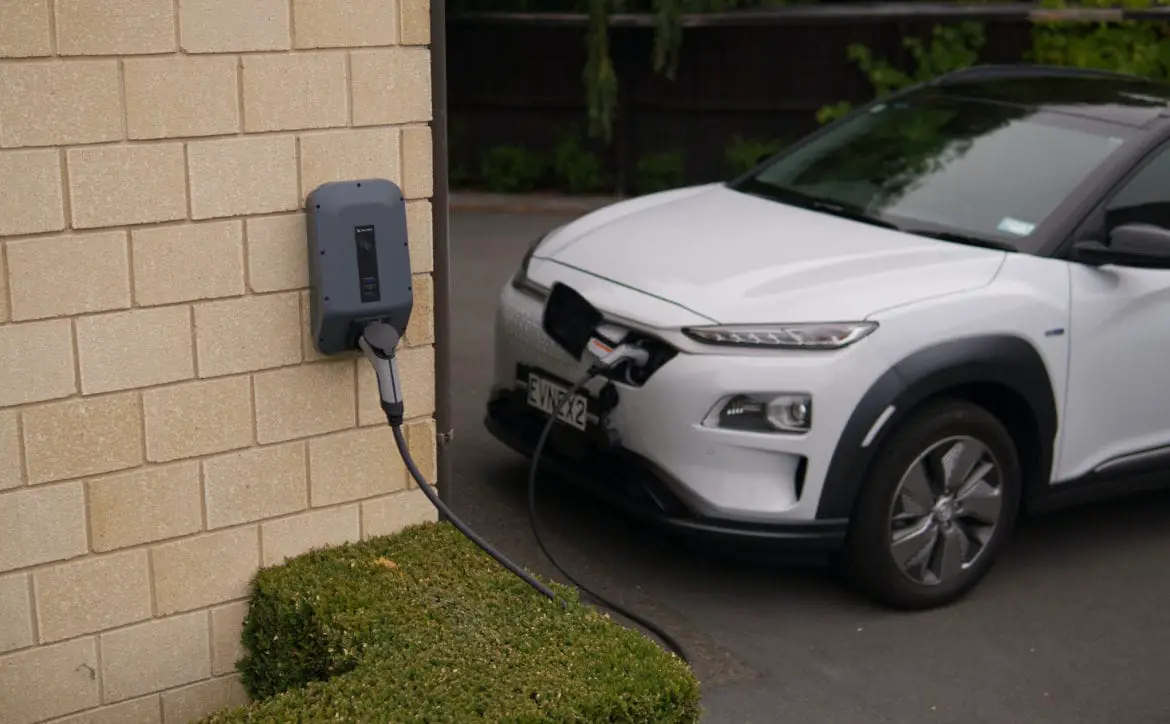
High Cost of Repair
EV components aren’t as common as traditional car parts, which makes them pricier. A single battery replacement can run as high as $17,000 — not exactly pocket change.
Time Needed for Repair
What happens when it’s tough to find a mechanic and parts? If you answered “repairs take longer,” you win that county fair kewpie doll. The delay may be OK if you have other means of transportation, but what if it’s your only vehicle?
Right to Repair Laws
Many manufacturers play gatekeepers over the information necessary for independent mechanics to learn how to repair EVs. Furthermore, they may not sell replacement parts to them. While these practices safeguard proprietary information, they prevent consumers from getting timely repairs. They can only seek help from authorized dealers, further restricting the pool of qualified mechanics.
Solving EV Repair Woes
The solution to this problem relies less on the need for new technological innovation than it does on removing barriers from existing knowledge. Requiring manufacturers to make parts and manuals available for purchase empowers consumers to learn how their EV works, leading to better overall maintenance. Investments in education to train new technicians complete the picture.
Addressing the Complications With EV Vehicles
If EVs are so much better for the environment, why isn’t everyone with sufficient means driving one? Unfortunately, complications dissuade even those with deep pockets from investing their cash in these products.
Addressing these issues will lead to more widespread EV adoption. Even the greatest invention does little if it’s not used — ironing out the wrinkles encourages people to take advantage of their benefits and lets them fulfill their purpose of making the planet greener.
What do you think of EV adoption? You are welcome to hit the buttons below and share your thoughts on any of the social media links provided.
In some of our articles and especially in our reviews, you will find Amazon or other affiliate links. As Amazon Associates, we earn from qualifying purchases. Any other purchases you make through these links often result in a small amount being earned for the site and/or our writers. Techaeris often covers brand press releases. Doing this does not constitute an endorsement of any product or service by Techaeris. We provide the press release information for our audience to be informed and make their own decision on a purchase or not. Only our reviews are an endorsement or lack thereof. For more information, you can read our full disclaimer.

